Peggy Peissig
Marshfield Clinic
High-Throughput Approach to Modeling Healthcare Costs Using Electronic Healthcare Records
Nov 18, 2020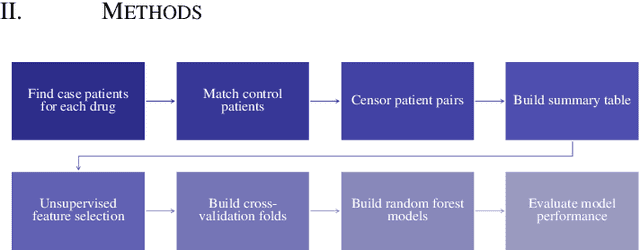
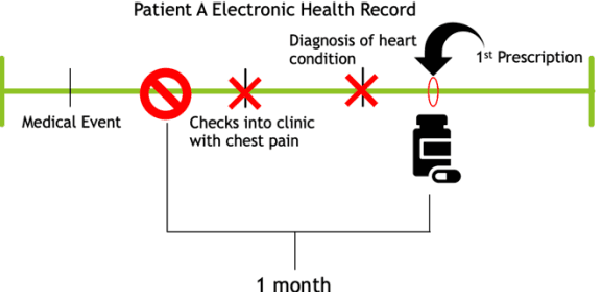
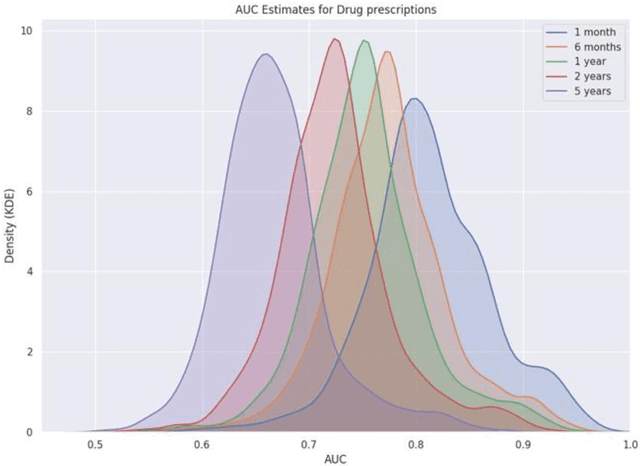
Abstract:Accurate estimation of healthcare costs is crucial for healthcare systems to plan and effectively negotiate with insurance companies regarding the coverage of patient-care costs. Greater accuracy in estimating healthcare costs would provide mutual benefit for both health systems and the insurers that support these systems by better aligning payment models with patient-care costs. This study presents the results of a generalizable machine learning approach to predicting medical events built from 40 years of data from >860,000 patients pertaining to >6,700 prescription medications, courtesy of Marshfield Clinic in Wisconsin. It was found that models built using this approach performed well when compared to similar studies predicting physician prescriptions of individual medications. In addition to providing a comprehensive predictive model for all drugs in a large healthcare system, the approach taken in this research benefits from potential applicability to a wide variety of other medical events.
Temporal Poisson Square Root Graphical Models
May 12, 2020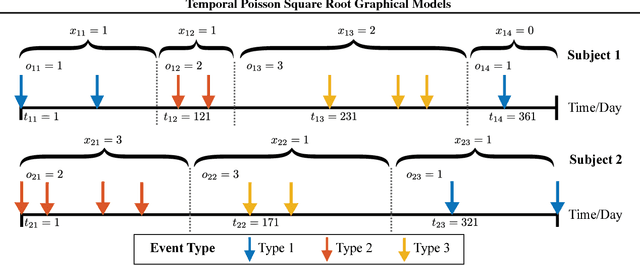
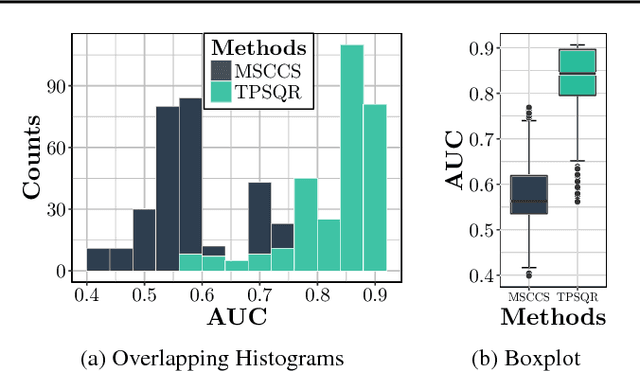
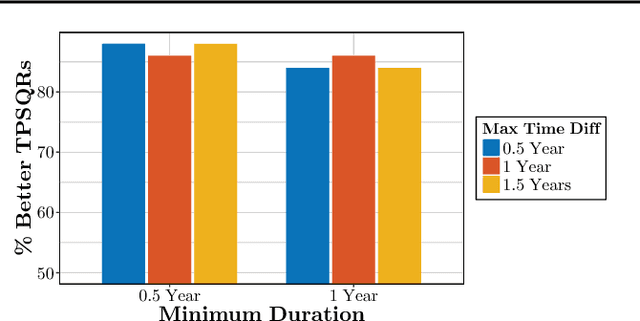
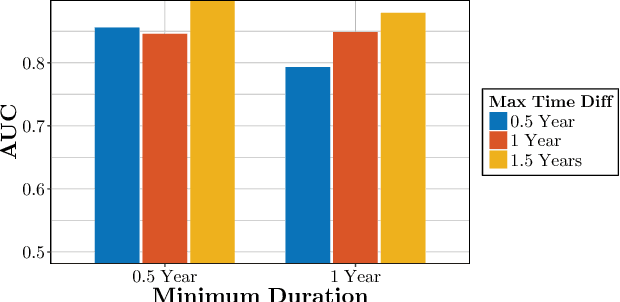
Abstract:We propose temporal Poisson square root graphical models (TPSQRs), a generalization of Poisson square root graphical models (PSQRs) specifically designed for modeling longitudinal event data. By estimating the temporal relationships for all possible pairs of event types, TPSQRs can offer a holistic perspective about whether the occurrences of any given event type could excite or inhibit any other type. A TPSQR is learned by estimating a collection of interrelated PSQRs that share the same template parameterization. These PSQRs are estimated jointly in a pseudo-likelihood fashion, where Poisson pseudo-likelihood is used to approximate the original more computationally-intensive pseudo-likelihood problem stemming from PSQRs. Theoretically, we demonstrate that under mild assumptions, the Poisson pseudo-likelihood approximation is sparsistent for recovering the underlying PSQR. Empirically, we learn TPSQRs from Marshfield Clinic electronic health records (EHRs) with millions of drug prescription and condition diagnosis events, for adverse drug reaction (ADR) detection. Experimental results demonstrate that the learned TPSQRs can recover ADR signals from the EHR effectively and efficiently.
An Application of Manifold Learning in Global Shape Descriptors
Jan 08, 2019
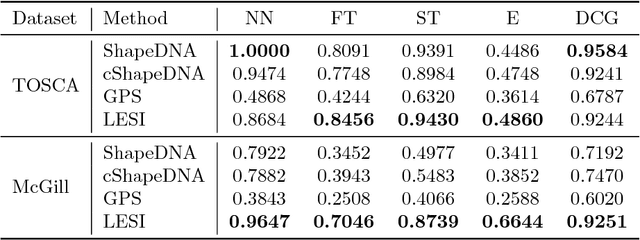

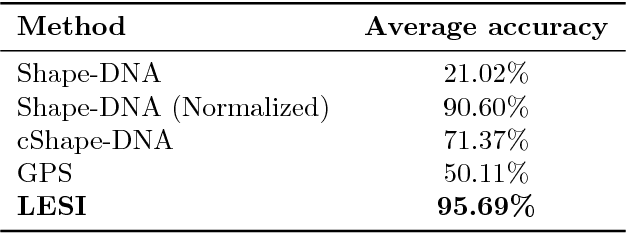
Abstract:With the rapid expansion of applied 3D computational vision, shape descriptors have become increasingly important for a wide variety of applications and objects from molecules to planets. Appropriate shape descriptors are critical for accurate (and efficient) shape retrieval and 3D model classification. Several spectral-based shape descriptors have been introduced by solving various physical equations over a 3D surface model. In this paper, for the first time, we incorporate a specific group of techniques in statistics and machine learning, known as manifold learning, to develop a global shape descriptor in the computer graphics domain. The proposed descriptor utilizes the Laplacian Eigenmap technique in which the Laplacian eigenvalue problem is discretized using an exponential weighting scheme. As a result, our descriptor eliminates the limitations tied to the existing spectral descriptors, namely dependency on triangular mesh representation and high intra-class quality of 3D models. We also present a straightforward normalization method to obtain a scale-invariant descriptor. The extensive experiments performed in this study show that the present contribution provides a highly discriminative and robust shape descriptor under the presence of a high level of noise, random scale variations, and low sampling rate, in addition to the known isometric-invariance property of the Laplace-Beltrami operator. The proposed method significantly outperforms state-of-the-art algorithms on several non-rigid shape retrieval benchmarks.
Computational Drug Repositioning Using Continuous Self-controlled Case Series
Apr 20, 2016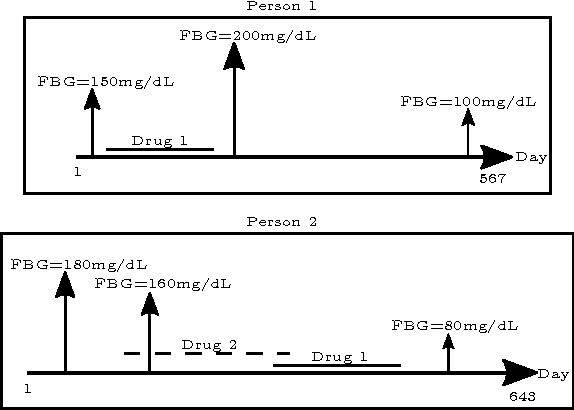
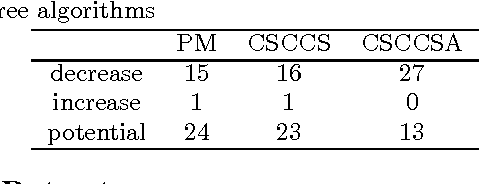
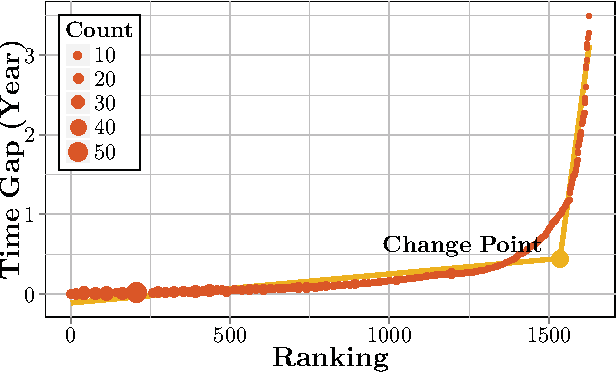
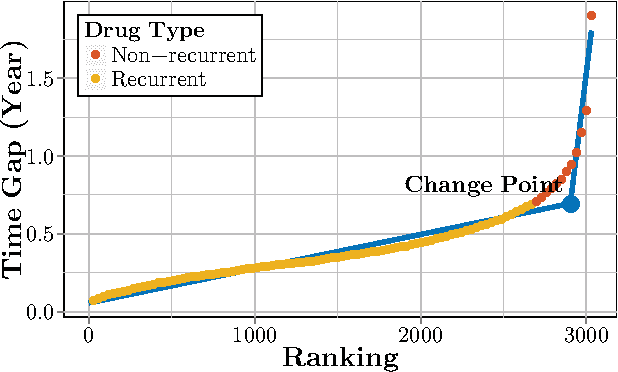
Abstract:Computational Drug Repositioning (CDR) is the task of discovering potential new indications for existing drugs by mining large-scale heterogeneous drug-related data sources. Leveraging the patient-level temporal ordering information between numeric physiological measurements and various drug prescriptions provided in Electronic Health Records (EHRs), we propose a Continuous Self-controlled Case Series (CSCCS) model for CDR. As an initial evaluation, we look for drugs that can control Fasting Blood Glucose (FBG) level in our experiments. Applying CSCCS to the Marshfield Clinic EHR, well-known drugs that are indicated for controlling blood glucose level are rediscovered. Furthermore, some drugs with recent literature support for the potential effect of blood glucose level control are also identified.
Demand-Driven Clustering in Relational Domains for Predicting Adverse Drug Events
Jun 27, 2012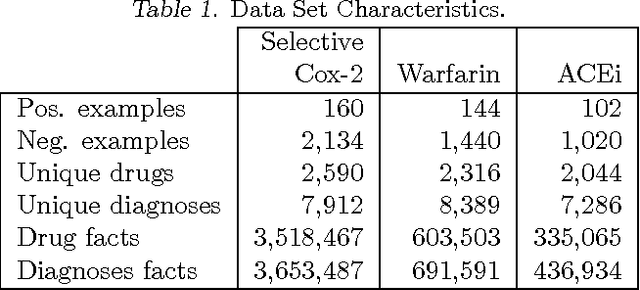
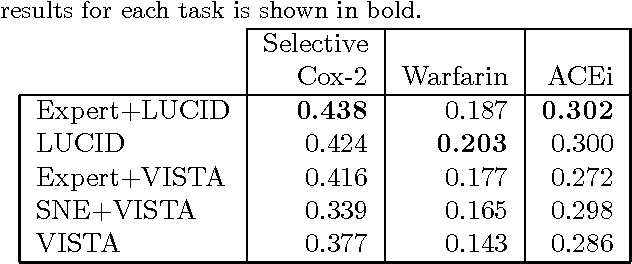
Abstract:Learning from electronic medical records (EMR) is challenging due to their relational nature and the uncertain dependence between a patient's past and future health status. Statistical relational learning is a natural fit for analyzing EMRs but is less adept at handling their inherent latent structure, such as connections between related medications or diseases. One way to capture the latent structure is via a relational clustering of objects. We propose a novel approach that, instead of pre-clustering the objects, performs a demand-driven clustering during learning. We evaluate our algorithm on three real-world tasks where the goal is to use EMRs to predict whether a patient will have an adverse reaction to a medication. We find that our approach is more accurate than performing no clustering, pre-clustering, and using expert-constructed medical heterarchies.
 Add to Chrome
Add to Chrome Add to Firefox
Add to Firefox Add to Edge
Add to Edge